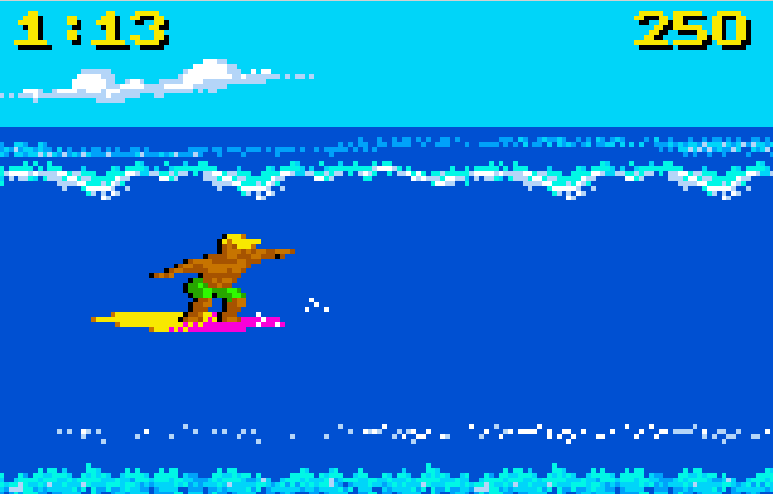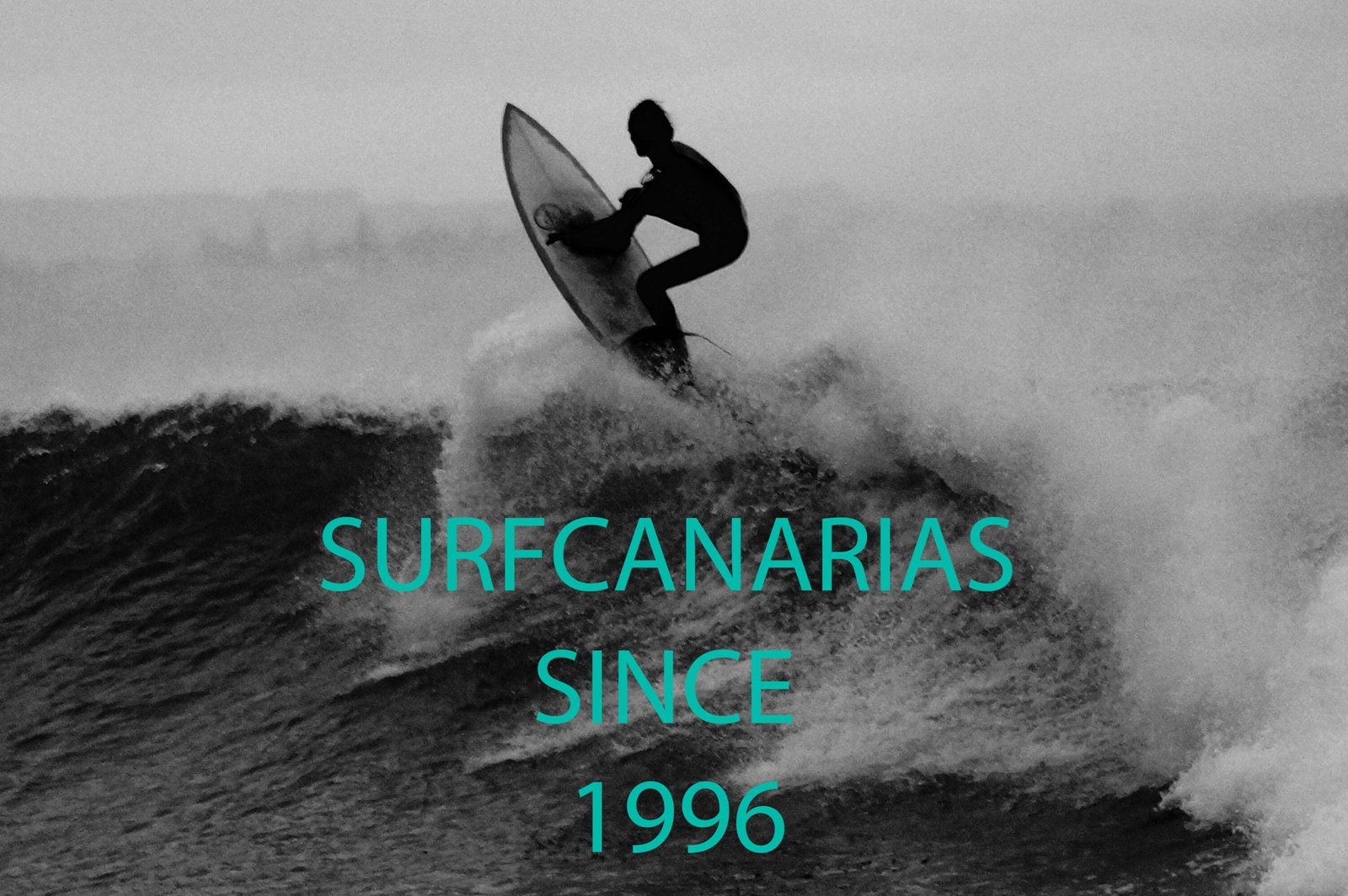As we have seen on other occasions, surfing is a whole culture that has established itself as a way of life and style with the respective adaptations, so that the practice of this exciting sport becomes an experience full of emotion, adrenaline and the greatest satisfaction for sportsmen and women and fans.
Today we propose to learn a little more about surfing; we will tell you about the material that allows the surfer to stay on the board during the execution of his maneuvers and tricks when riding a wave.
In the past, surfers used paraffin to keep themselves attached to the board, today they use the Grip.
[symple_box color=”white” fade_in=”false” float=”center” text_align=”center” width=”55%”]Are you ready for your next surf course? Let’s make the trip together and join the hand of Surfcanarias in the best surf school 🏄🏻🏖️ of all the Canary Islands 🌅. Contact us, we are waiting for you 😎!
[symple_button url=”https://surfcanarias.com/canaries-surf-school/” color=”teal” size=”large” border_radius=”5px” target=”blank” rel=”” icon_left=”” icon_right=””]Surf Course Lanzarote[/symple_button][/symple_box]
What is Grip?

The first thing we’ll tell you is that it can be called several ways: Grip Surf, Surf Pad, Traction Pad, Kick Pad, Tail Pad.
It is an accessory that every surfboard should have, as it is the one that allows the surfer to remain fixed on the board.
It is a complement made of foam rubber, which must be attached to the tail of the surfboard; its function is to prevent the foot that is placed behind it from slipping and sliding.
Nowadays, practically all surfboards have this implement to facilitate manoeuvres and keep the correct position of the back foot on the surfboard.
What is the purpose of the Grip on my surfboard?
Today we can count on three basic aspects why you should have the Grip on your surfboard.
- It favours and increases the board’s resistance, as placing the back foot with all the weight it carries on the Grip is a way of caring for and giving the board more time to live, due to the protection the Grip gives.
- It allows the back foot to always be in the same place and position.
- The Grip gives you the security and stability to make more powerful turns.
How to Grip your Surfboard

Clean surface
You must be sure that the area where the Grip will be fixed is completely clean; if the board is not new and has already been waxed or has had another Grip before, it is necessary to remove both the glue and the paraffin residues.
To remove the paraffin, it is best to use Pickle Wax; this is a powerful cleaner that completely removes the paraffin.
If the glue remains, it is recommended to use alcohol to remove it or scrape the surface with a cutter until you have a clean surface.
Likewise if the board is new, it is recommended to rub with a little alcohol to remove any dirt or grease that may be on the surface.
Mark the position of the Grip
If the board has a soul, it will be very easy to center the GRIP; you can use a ruler to help you a little.
On the back of the board, it is important that you place the kictail; you should try to have the beginning of the kictail at the end of the back keel; this way the foot when moving towards the end of the Grip will favour the response of the board.
Glueing the Grip
Remove the protective cover of the glue from the Grip and place it on the surface from bottom to top, taking care that it adheres well to the board; to achieve this it is important to press hard with your fingers.
After applying the Grip, you should stop using the board for at least one day; if you have the possibility of placing something heavy on the area where you stuck the Grip, do so, this will help to better fix the implement.
How to choose the right Grip
Each Grip has its own characteristics even though they all have the same function, to keep the surfer fixed on the board.
When selecting a Grip, it’s all about your preferences, tastes and available budget; as well as the style of surfing you practice.
The design and colour will also be according to your tastes.
Which Grip should I buy?
The ideal Grip is the one that you like the most and is comfortable; maybe you should buy the first one for some advice and recommendation.
After you have some experience, knowledge and practice, you will be able to choose the one that best suits your shape and surfing preferences.
If you are an adventurous surfer and are looking for a surf centre with guaranteed success and experience Surfcanarias is your best option, as we have 25 years of experience. In our surf school located in Famara beach (Lanzarote), Canary Islands, you will be able to practice and develop the most important techniques, together with many others in the right way until you achieve your own goal.
[symple_tabgroup][symple_tab title=”Initiation”] Famara Surf Course “Initiation“: from 215 euros/person. From 3 to 14 nights accommodation
[/symple_tab][symple_tab title=”Beginner”] Canary Islands Surf Course “Beginner“: from 215 euros/person. From 3 to 14 nights accommodation
[/symple_tab][symple_tab title=”Intermediate”] Famara Beach Surf Course “Intermediate“: from 255 euros/person. From 3 to 14 nights accommodation
[/symple_tab][symple_tab title=”For free”] Lanzarote Surf Course “Free“: from 140 euros/person. From 3 to 14 nights accommodation [/symple_tab][/symple_tabgroup]











